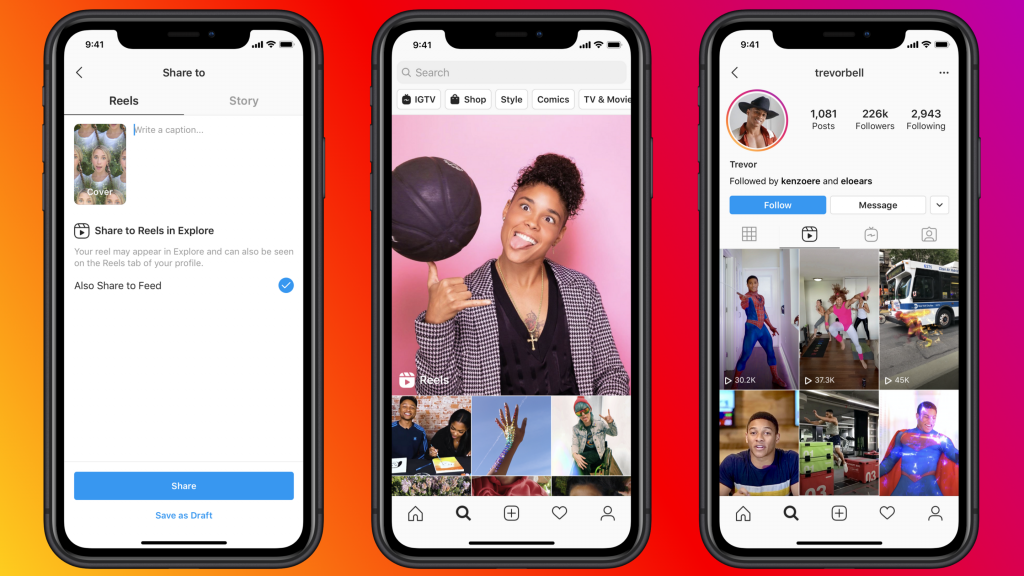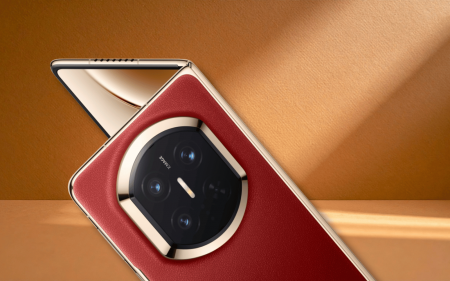How to look cool when you die in a ball of flames

Italian motorcycle manufacturer Ducati has unveiled its first electric motorcycle, the V21L. It will be the brand’s official e-bike for the 2023 season of the MotoE World Cup, according to last years announcement. The V21L might be a prototype but it still has an unmistakable Ducati look. It’s packing a 150HP electric motor and an 18kWh battery. That might not be a high horsepower number but you’ll get up to speed faster than you can say “horsepower number”. This one reportedly has a top speed of 275km/h.
EVs tend to be heavier than their internal combustion engine counterparts and bikes are no different. This one weighs 225kg. That’s heavy for a racing bike but it’s still 35kg lighter than the Energica e-bikes used in MotoE today.
This bike is a bit of a gamble for Ducati. We’ll have to wait for next year’s MotoE season to start before we know if its any good but with Ducati’s track record we have little doubt it’ll fly along the track. Ducati also said that it’ll use everything it has learned with this racing e-bike in its consumer models. When those will show up is anyone’s guess but it’ll probably be post-MotoE season. For battery efficiency reasons.
Source: Engadget
Here's what Huawei is doing now that Leica's gone

After Xiaomi announced its new partnership with Leica in May this year, Huawei announced it was ending its own partnership with the German camera manufacturer. Instead, Huawei will use its own new in-house imaging platform, Xmage. The Chinese smartphone maker hasn’t yet said which of its devices will be the first to feature the new stamp, but the Mate 50, which has yet to be announced, could be the perfect test subject.
The rest of the company’s statements around Xmage are predictably obscure. It said the new platform would focus on new technical innovations in the smartphone camera space and refine the shooting experience. Of course it would say that. Huawei have a decent history with imaging smarts, even before the company’s US trade ban, so this might be the start of a cool new thing. We wouldn’t hold our breath though.
Source: Android Authority
A Dutch University scores with crypto

Finally, a bit of good news to do with cryptocurrencies. In 2019, Maastricht University in the Netherlands suffered a ransomware attack. The attackers encrypted the University’s Windows servers and backup systems which locked everyone out until a ransom of €200,000 (R3.4 million) was paid. The university ultimately agreed to pay the ransom, as students couldn’t complete exams or work on their theses, not to mention the personal data at stake.
During the investigation, Dutch police managed to track down a bank account into which a small amount of the ransom was paid (only around €40,000 (R680,000) of Bitcoin). The Ukrainian account belonged to a money launderer so authorities were able to seize the account and return a small portion of the ransom to the university. But that was back in 2020. In the intervening time, that €40,000 in Bitcoin grew in value to over €500,000 (R8.5 million). And that’s during a Bitcoin slump. Talk about return on investment. The University said the money will go into a fund to help students in need of financial aid. Unfortunately, the attackers, and the rest of the ransom, are still at large.
Source: Deutsche Welle
Instagram’s push for Reels continues

It turns out Instagram is testing an experimental feature that will share every video you post as a Reel on the app. That means that, if your profile is public and the feature is enabled, anyone will be able to find and remix your video’s audio to use it in their own Reels. This is a predictable move from Meta. When Mark Zuckerberg revealed Meta’s fourth-quarter earnings report for the end of last year, he said Reels was Meta’s fastest-growing content format.
So it makes sense then that Meta’s chief product officer Chris Cox wants to monetise Reels as fast as possible. It also explains why Meta is keen to redesign Facebook’s and Instagram’s home pages to better support the short vertical video format. By turning all video content into Reels, Meta would increase the content pool for the format which means more potential ad revenue when the feature is properly monetised. But this ‘all video is Reels’ feature is still in the testing phase. Not every feature makes it out of testing, but this one seems rather likely to.
Source: Engadget



